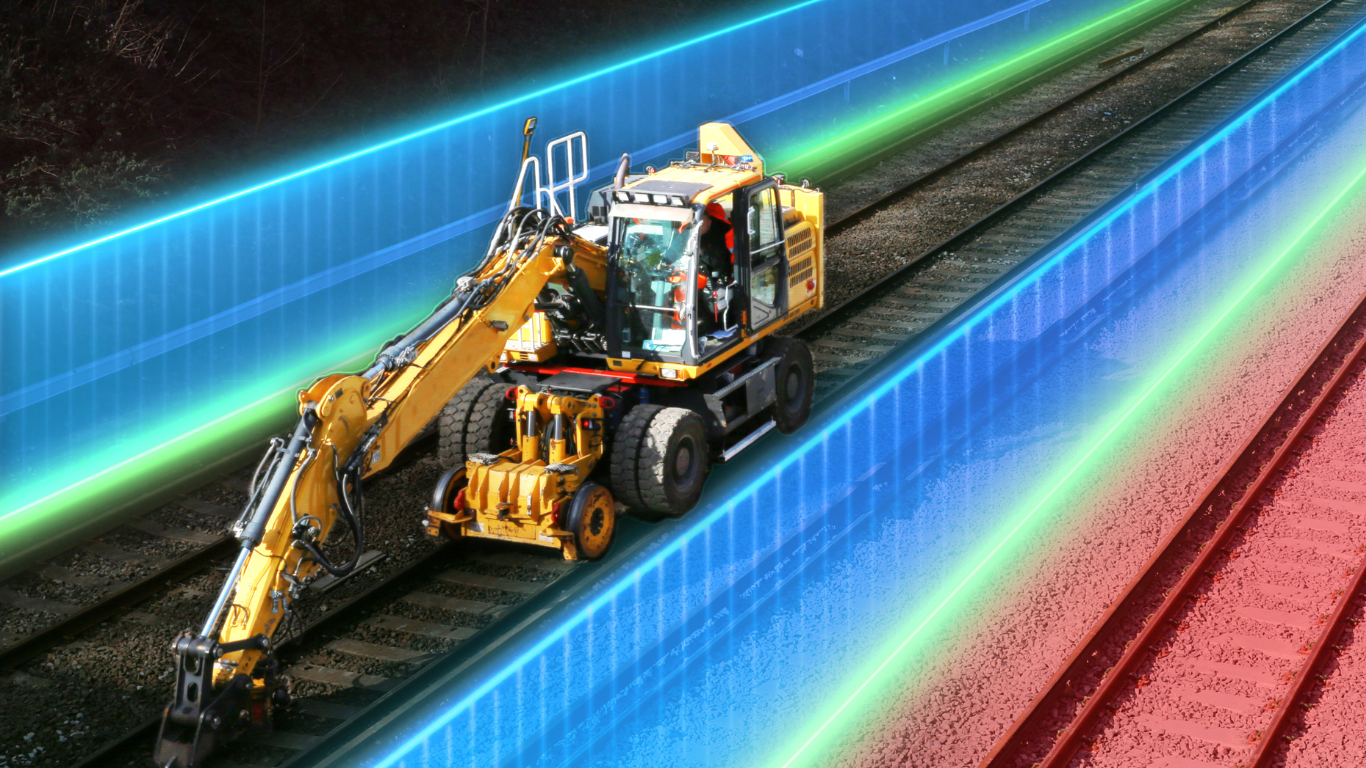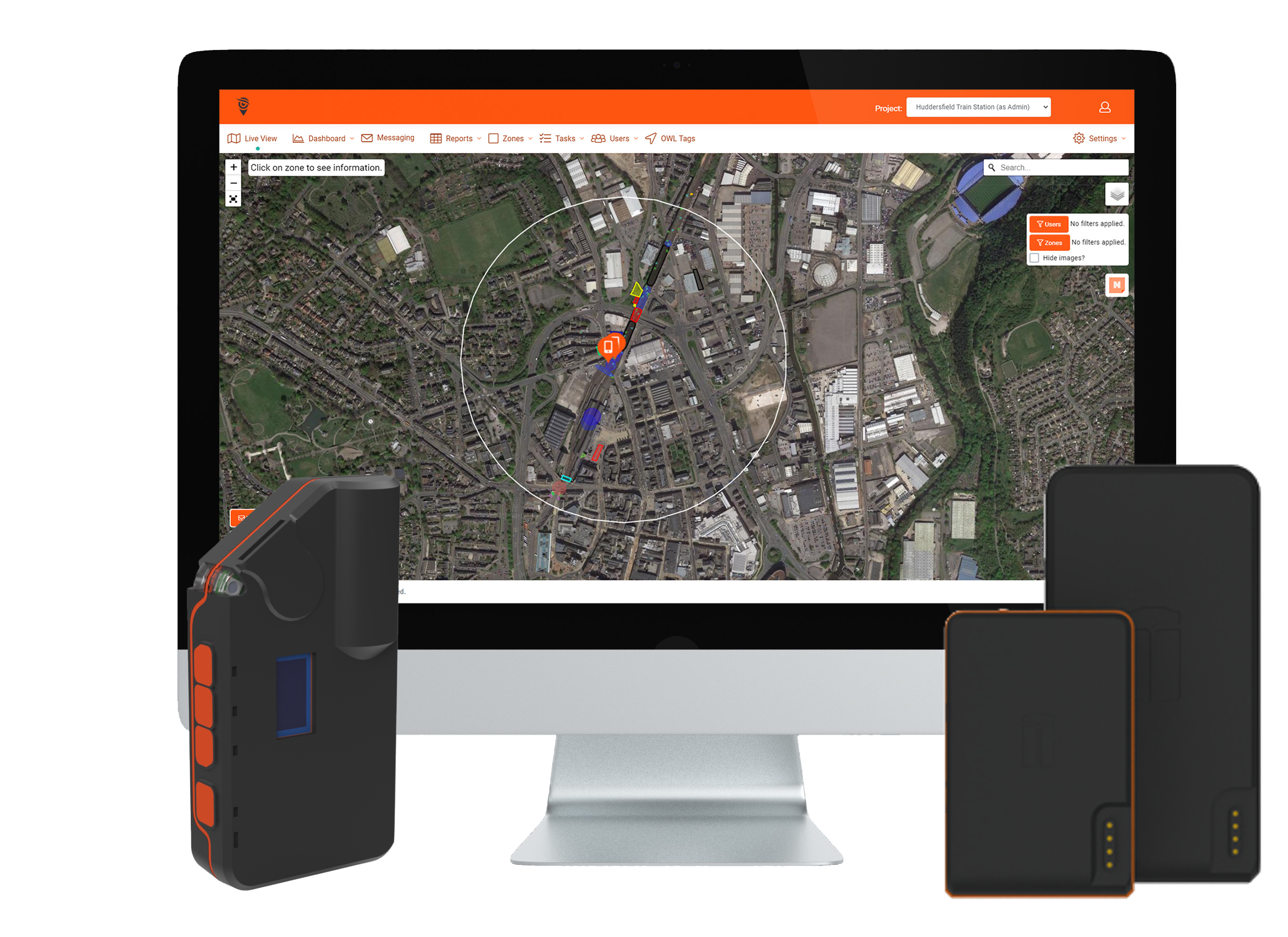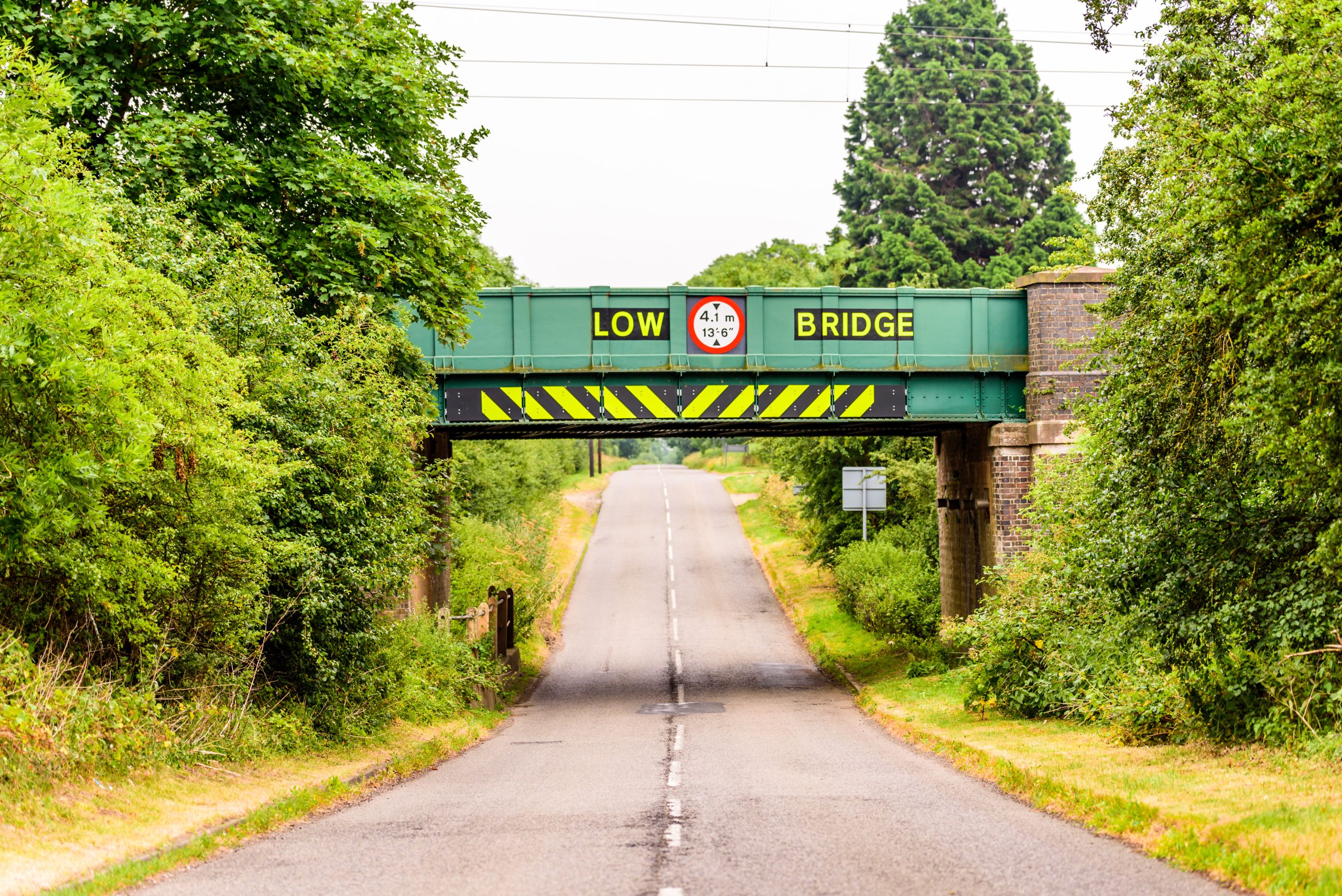The railway industry is one of the largest and most complex industries in the world, and Safety is a critical issue for all stakeholders involved. Despite efforts to ensure safety in railway operations, incidents involving objects on the line still occur, causing damage to equipment and infrastructure.
However, technology is now playing a crucial role in enhancing safety and preventing incidents related to object placement on railway lines. From geofencing technology to virtual and augmented reality training, new innovations are being developed to improve the safety of railway operations and prevent accidents.
Join us as we look into the latest geofencing technologies that are being used to prevent objects being left on the line following work activities and how they are helping to reduce the number of incidents on railway lines.
The Scale of the Safety Challenge
Safety is incredibly important in the railway industry, as it affects the well-being of workers, the public, and the success of railway operations. According to statistics from the UK’s Office of Rail and Road, in the year 2020-2021 there were 1,261 recorded incidents of objects “fouling” the track, which is a 3.4% increase from the previous year. This includes objects left on the track, but also objects falling from trains, and objects on nearby land or property that end up on the track. These incidents can cause delays, damage to trains and infrastructure, and even pose a risk to safety if a train collides with an object on the track.
The Rail Safety and Standards Board (RSSB) reports that, between April 2019 and March 2020, there were 114 collisions between trains and objects on the line, which resulted in 2 fatalities and 3 serious injuries. In addition, there were 19 derailments caused by objects on the line during the same period, which resulted in 7 fatalities and 8 serious injuries.
From April 2021-March 2022, there were 329 non-potentially high-risk train accidents (PHRTAs) on the mainline. This was largely attributed to a rise in trains ‘striking animals’ and ‘striking or running into other objects’, which together made up 72.9% of all non-PHRTAs.
The RSSB also reports that over the past decade, objects on the line have caused an average of 42 delays per day, with a total delay time of over 1.4 million minutes per year. This has a significant impact on the efficiency and reliability of railway operations, as well as causing frustration and inconvenience for passengers. Typical objects struck, include track trolleys and marker boards which can be inadvertently left in place following track works. These statistics highlight the importance of ensuring the safety of object placement on the railway lines and the need for effective safety measures to prevent accidents and delays. Geofencing technology can play a crucial role in improving safety and preventing incidents on the railway lines.
Supercharging Safety with OWL
Onwave has developed our own geofencing platform, OWL, to enhance track worker safety and address the safety challenge of objects on the line. OWL is a location-based system that uses geofencing technology to aid in improving railway safety. This system helps teams to visualise and understand their surroundings and the equipment they work with, such as marking out hazards like excavated areas and buried services and alerting users to their presence. OWL has many safety features, however two that are critical for ‘object on the line’ timed zones and the ability for Supervisors to have a Live View of their people and equipment on site in real time.
Timed Zones
Timed zones are a feature of the OWL used to enhance safety in railway operations. These zones can be set up for both people and geotagged objects, such as construction equipment or maintenance vehicles.
The purpose of timed zones is to forewarn teams of potential hazards and ensure that objects are placed safely, away from the line at critical moments in time. This can be particularly useful in situations where work is being carried out in close proximity to the railway line or where objects need to be moved onto or off the track.
When using a timed zone, an alert can be sent to everyone within the work site to warn of a possession coming to an end and can trigger specific alerts including exact location for any people or items of plant or equipment remaining on the line once the possession has completed.
Management Insight
One of the main features of OWL is the ability to immediately locate objects on the interactive Live View map in real time.
This helps to ensure that field teams have all the information they need at their fingertips, and can make informed decisions about how to work safely and efficiently to manage work and their assets on the rail line.
When using a timed zone, an alert can be sent to everyone within the work site to warn of a possession coming to an end and can trigger specific alerts including exact location for any people or items of plant or equipment remaining on the line once the possession has completed.
Upgrade Your Safety Technology
In conclusion, geofencing technology is a valuable tool for enhancing railway safety, particularly when it comes to object placement on the line. The statistics show that incidents involving objects on the line can have a significant impact on the safety, reliability, and efficiency of railway operations.
Geofencing provides real-time monitoring, alerts, and data tracking to ensure a safer work environment. By setting virtual boundaries, geofencing helps keep workers informed of potential hazards and can quickly alert managers to any incidents involving objects on the line. This enables railway companies to take appropriate action to prevent accidents, injuries, and delays.
By using OWL, railway companies and contractors can improve their overall safety record, reduce the number of accidents caused by objects on the line, and increase the efficiency of their operations. This not only protects workers and passengers but also helps to prevent damage to infrastructure and reduce delays and disruptions of incidents caused by objects left on the line.
If you’re interested in learning more about how geofencing can benefit your railway operations, why not schedule a demo today? With a demo, you can see the technology in action and get a better understanding of how it can improve your safety program.






